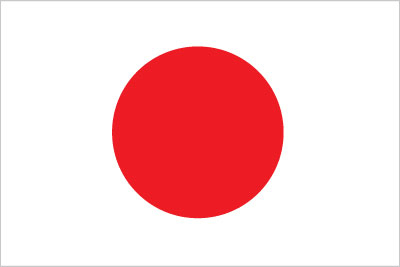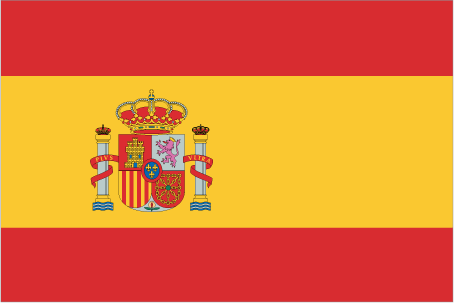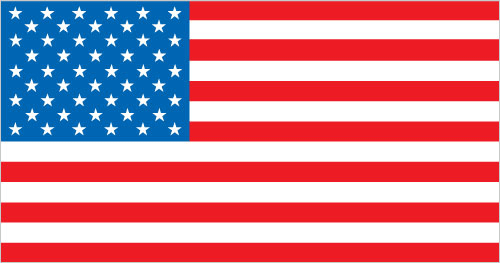Exporting to Germany
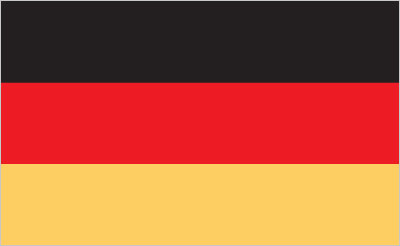

Germany Country Profile
Official Name (Local Language) Bundesrepublik Deutschland (German)
Capital Berlin
Population 80,722,792
Currency Euro
GDP $3,495 billion
Languages German
Telephone Dial In 49
Germany Imports Profile
Imports ($m USD) 1,173,628
Number of Imports Products 4,506
Number of Imports Partners 221
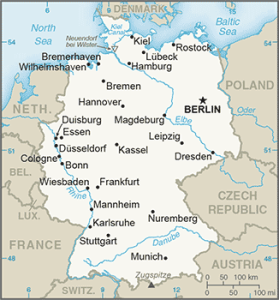
Germany Economic Statistics
Government Website | https://www.bundesregierung.de/ |
| Sovereign Ratings | https://countryeconomy.com/ratings/germany |
| Central Bank | Deutsche Bundesbank |
| Currency USD Exchange Rate | 0.9214 |
| Unemployment Rate | 4.3% |
| Population below poverty line | 16.7% |
| Inflation Rate | 1% |
| Prime Lending Rate | 0.25 |
| GDP | $3,495 billion |
| GDP Pro Capita (PPP) | $48,200 |
| Currency Name | EURO |
| Currency Code | EUR |
| World Bank Classification | High Income |
| Competitive Industrial Performance | 5/138 |
| Corruption Perceptions Index | 12/180 |
| Ease of Doing Business | 24/190 |
| Enabling Trade Index | 9/136 |
Access trade, receivables and supply chain finance
We assist companies to access trade and receivables finance through our relationships with 270+ banks, funds and alternative finance houses.
Get StartedExporting to Germany
As the largest economy in Europe and the fourth largest by GDP in the world, Germany is a central pillar of the EU. The western European behemoth was responsible for nearly one quarter of the entire EU’s GDP in 2020.
Germany imports more than $1.2 trillion worth of goods every year with the main products being machinery, commodities, chemicals, vehicles and agricultural products, making them the 3rd largest importer in the world.
Domestic demand is very strong and remains robust despite the global economic slowdown. This is reflected in their trade practices, with more than 50% of imports coming from the EU, while other main trading partners include China, the United States, and Switzerland.
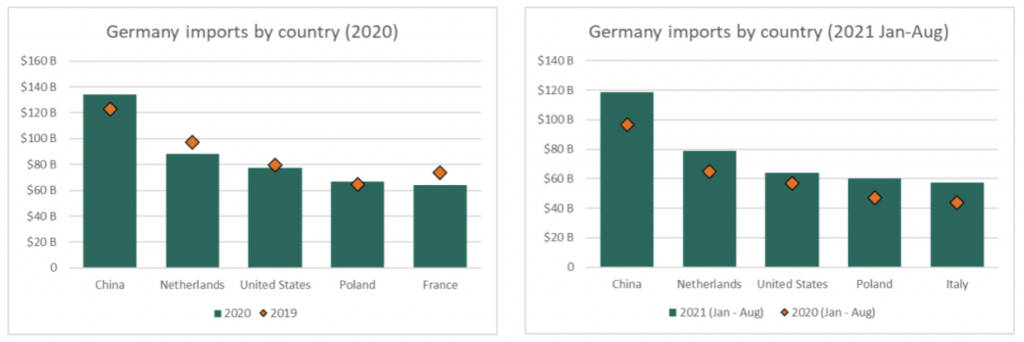
On the import side, German SME imports come in around 27% of total trade value, compared to the OECD average of nearly 47%.
Exporting to Germany: What is trade finance?
Export finance is a revolving facility which lenders offer financing options– it enables businesses to buy goods and can help ease cash flow problems.
Often, an alternative financier will fund all of the cost of the goods, including charges (e.g. taxes).
Trade finance offers benefits over more traditional bank funding such as bridging mortgages or business loans. Trade finance provides quick funding without affecting existing bank relationships.
How does it work?
If you’re a company importing or exporting goods around the world, then a trade finance facility would help you to fund this through offering a LC (letter of credit) or some form of cash advance.
I’m looking to export to Germany, how can Trade Finance Global help, and how does it work?
If you’re looking to export inventory to other countries, you may require finance for exporting, which is a commercial agreement between you (the exporter), and the importer. An alternative financier will advance you the cost of producing the stock supplies that you are exporting (as a loan), either once you have sent the goods, or before producing them. Once the importer has received the stock supplies and pays you for the import, you will repay the advance from the export bank over an agreed period.
Chart Showing GDP Growth Compared to rest of world
GDP Composition for Germany
Agriculture
0.6%
potatoes, wheat, barley, sugar beets, fruit, cabbages; milk products, cattle, pigs, poultry
Industry
30.3%
Iron, steel, coal, cement, chemicals, machinery, vehicles, machine tools, electronics, automobiles, food and beverages, shipbuilding, textiles
Services
69.1%
Map
Top 5 Imports Partners
| Country | Trade | % Partner Share |
| China | 115,179 | 9.81 |
| Netherlands | 95,303 | 8.12 |
| France | 72,966 | 6.22 |
| United States | 71,072 | 6.06 |
| Italy | 63,047 | 5.37 |
Top 5 Imports Products
| Export Product | Number |
| Motor cars and other motor vehicles principally… | 5% |
| Parts and accessories for tractors, motor vehicles… | 3.60% |
| Petroleum oils and oils obtained from bituminous… | 3.10% |
| Automatic data processing machines and units… | 2.40% |
| Petroleum gas and other gaseous hydrocarbons | 2.40% |
Local Authors
Local Partners
- All Topics
- Germany Trade Resources
- Export Finance and ECA Topics
- Local Conferences








